The fourth of October is celebrated each year in Russia as Space Forces Day; the date was timed to coincide with the first-ever launching of a man-made satellite into space in 1957.
Established in 1992, the Russian Space Forces were responsible for handling all of the country's military space operations until they were replaced by the Russian Aerospace Defense Forces in 2011. This branch of the Russian Armed Forces is responsible for the country's strategic missile defense.
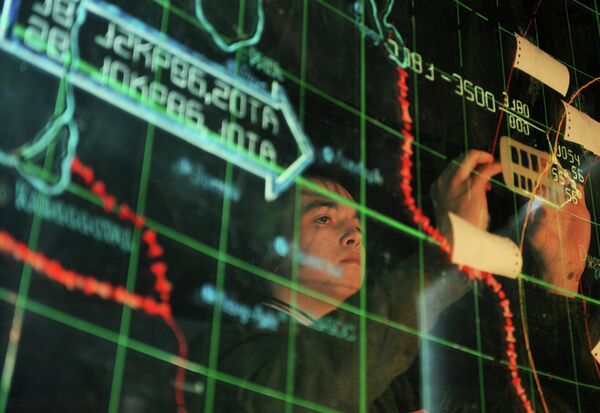
The fourth of October is celebrated each year in Russia as Space Forces Day; the date was timed to coincide with the first-ever launching of a man-made satellite into space in 1957. Established in 1992, Russian Space Forces were responsible for handling all of the country's military space operations until they were replaced by the Russian Aerospace Defense Forces in 2011. This branch of the Russian Armed Forces is responsible for the country's strategic missile defense.
Above: Inside the command and control station of the Fourth Air Defense Brigade.
Above: Inside the command and control station of the Fourth Air Defense Brigade.

2/8
© Flickr / reibai
On October 4, 1957 the first artificial satellite, Sputnik 1, was launched from the Baikonur Cosmodrome in Kazakhstan, then part of the USSR.
Above: Monument to the Conquerors of Space in Moscow.
Above: Monument to the Conquerors of Space in Moscow.
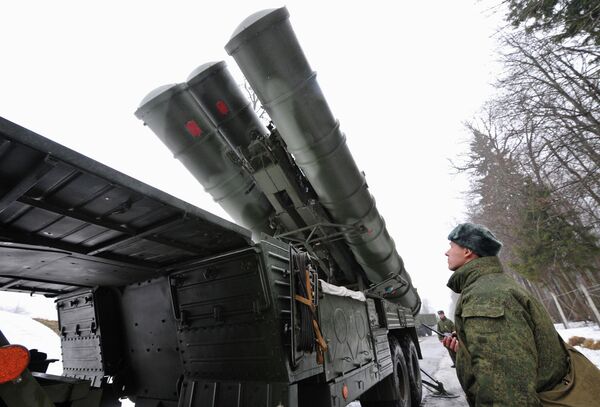
In August 1992, the Military Space Force of the Russian Defense Ministry was established, with facilities at the Baikonur and Plesetsk space centers. The Russian Space Forces were responsible for handling all of the country's military space operations until they were replaced by the Russian Aerospace Defense Forces in 2011.
Above: S-400 Triumph anti-aircraft missile system being deployed for action.
Above: S-400 Triumph anti-aircraft missile system being deployed for action.
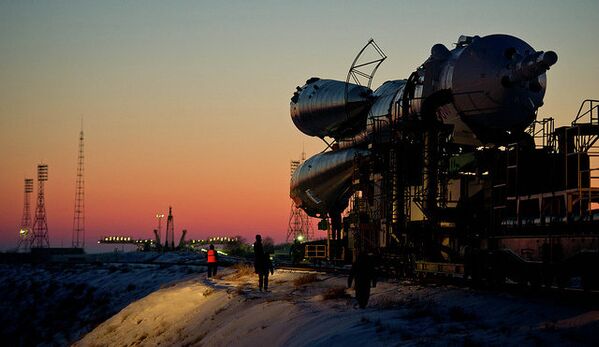
4/8
© Flickr / NASA HQ PHOTO
The Soyuz series of spacecraft was originally designed for the Soviet manned lunar program, and remains in service today.
Above: A Soyuz TMA-03M spacecraft is transported to the launch pad at the Baikonur Cosmodrome in Kazakhstan. December 19, 2011.
Above: A Soyuz TMA-03M spacecraft is transported to the launch pad at the Baikonur Cosmodrome in Kazakhstan. December 19, 2011.

Reformed in 2001 as an independent section of the Russian military, the Russian Space Forces' primary goals were to inform the country's leadership about missile attacks as soon as possible, and to provide ballistic missile defense.
Above: Yuri Gagarin visiting the Zhukovsky Air Force Engineering Academy.
Above: Yuri Gagarin visiting the Zhukovsky Air Force Engineering Academy.
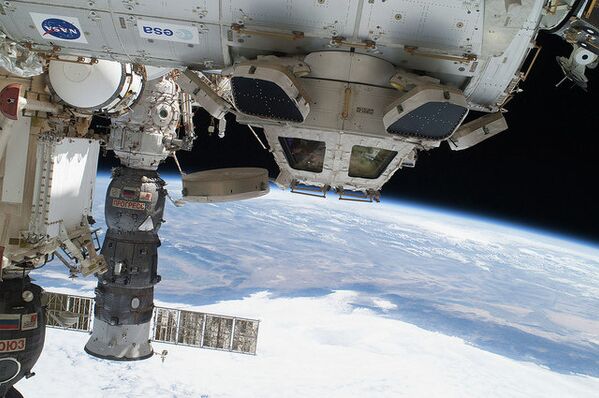
6/8
© Flickr / NASA's Marshall Space Flight Center
The Russian Aerospace Defense Forces' facilities are located all over Russia; some early warning systems and ground-based outer space monitoring installations are situated in other former Soviet republics. The mission control center of the Aerospace Defense Force conducted about 375,000 control and communications sessions with spacecraft in 2013.
Above: Components of the International Space Station, despite moving at 17,500 miles per hour, appear to hover above the Pacific Ocean just off the California coast. Ten astronauts were working together when this photo was taken.
Above: Components of the International Space Station, despite moving at 17,500 miles per hour, appear to hover above the Pacific Ocean just off the California coast. Ten astronauts were working together when this photo was taken.
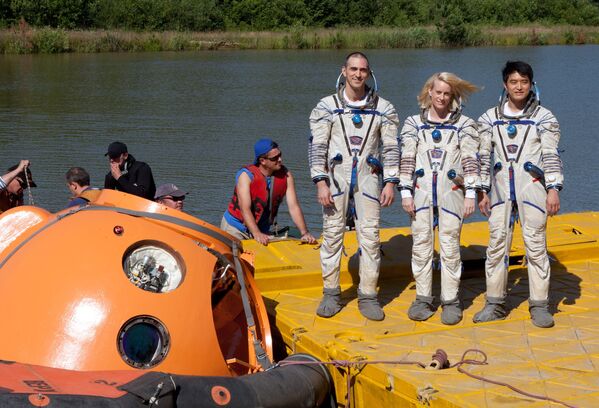
About 20 percent of the state rearmament program, $85.6 billion, is to be allocated to the Aerospace Defense Force.
Above: Members of the ISS-48/49 main crew: Takui Onishi(L), JAXA; Kathleen Rubens (C), NASA; and Anatoly Ivanishin (R)of Roskosmos during splashdown training at the EMERCOM facility in Noginsk. Their space flight is scheduled for 2016.
Above: Members of the ISS-48/49 main crew: Takui Onishi(L), JAXA; Kathleen Rubens (C), NASA; and Anatoly Ivanishin (R)of Roskosmos during splashdown training at the EMERCOM facility in Noginsk. Their space flight is scheduled for 2016.
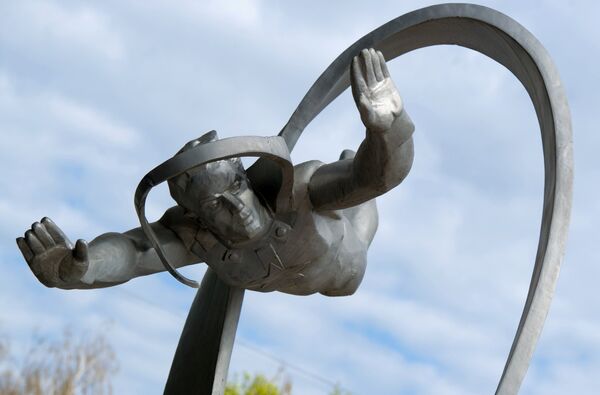
Less than four years after Russia launched Earth's first artificial satellite into orbit, Soviet astronaut Yuri Gagarin became the first man in space, and the first to orbit the Earth.
Above: Monument to the first astronaut, Yuri Gagarin, in Star City, Russia.
Above: Monument to the first astronaut, Yuri Gagarin, in Star City, Russia.

